Introduction:
Architectural woven mesh has emerged as a sustainable material that not only enhances the aesthetics of architectural designs but also contributes to the creation of sustainable environments. This article explores the role of architectural woven mesh in sustainable design, highlighting its benefits in terms of energy efficiency, natural ventilation, and material recyclability.
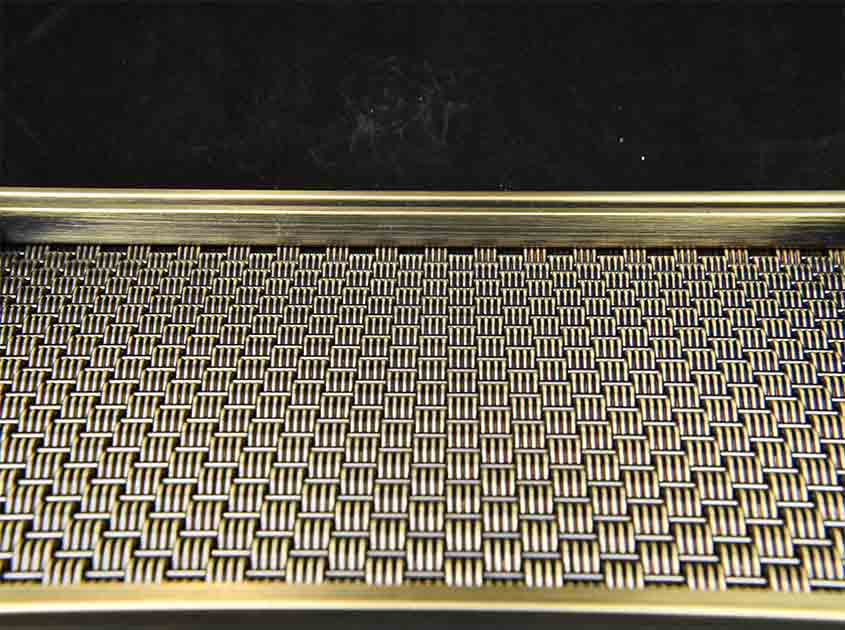
Part 1: Energy Efficiency
Architectural woven mesh plays a crucial role in enhancing the energy efficiency of buildings. By strategically incorporating the mesh into the building envelope, it acts as an effective solar shading device. The mesh's ability to filter sunlight reduces solar heat gain, thereby reducing the need for excessive air conditioning and minimizing energy consumption. This passive shading solution promotes energy efficiency while maintaining a comfortable indoor environment, contributing to sustainable building practices.
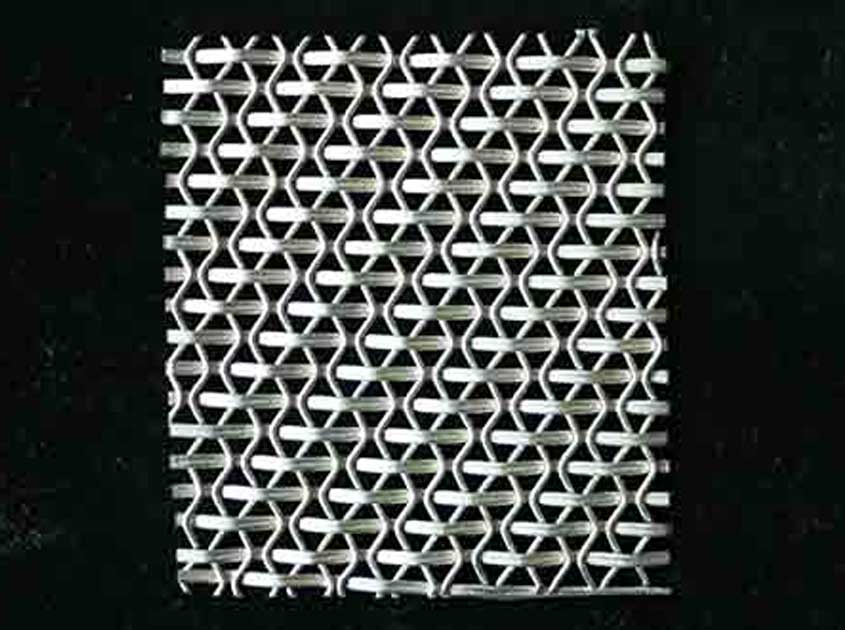
Part 2: Natural Ventilation
One of the key principles of sustainable design is the utilization of natural ventilation to reduce reliance on mechanical systems. Architectural woven mesh facilitates natural ventilation by allowing the free flow of air through the building envelope. The mesh acts as a breathable skin, enabling fresh air circulation while maintaining a barrier against insects and debris. This natural ventilation not only improves indoor air quality but also reduces the need for mechanical ventilation systems, reducing energy consumption and enhancing sustainability.
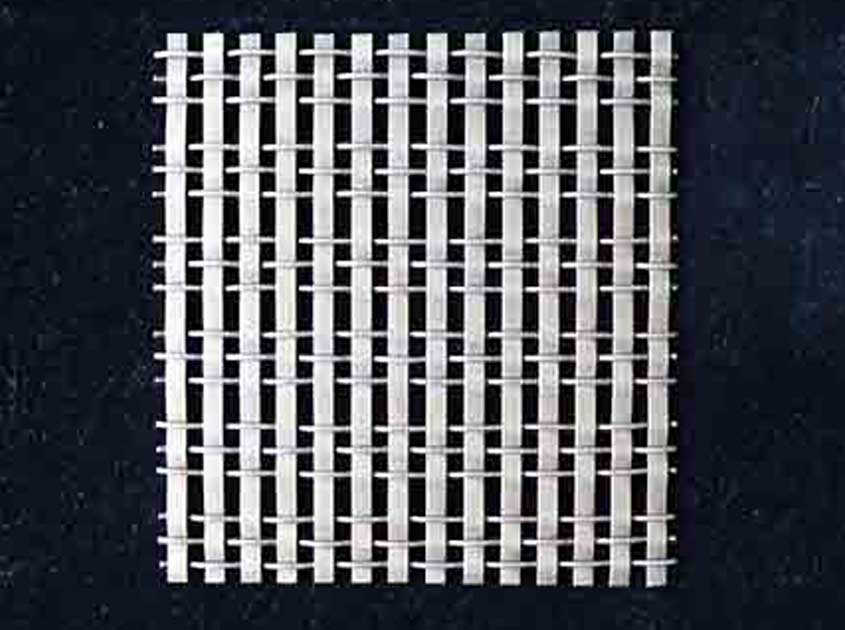
Part 3: Material Recyclability
Architectural woven mesh is often manufactured using recyclable materials such as metal wires or fibers. This makes it an eco-friendly choice for sustainable architecture. Furthermore, the mesh itself is recyclable at the end of its lifespan, reducing waste and contributing to the circular economy. The ability to reuse and recycle architectural woven mesh aligns with sustainable principles, minimizing environmental impact and promoting responsible resource management.
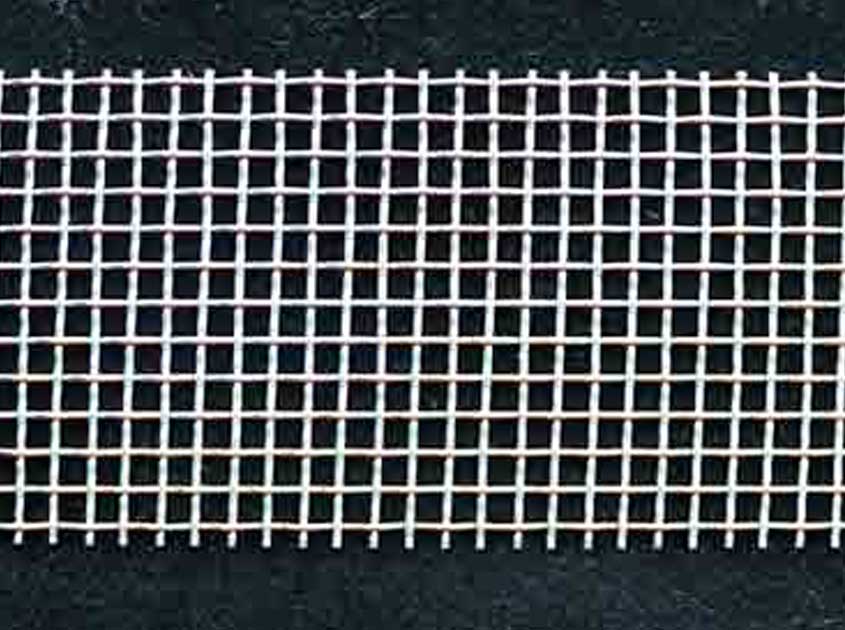
Part 4: Aesthetics and Sustainable Design
In addition to its functional benefits, architectural woven mesh also enhances the aesthetics of sustainable architecture. Its unique textures and patterns create visually captivating facades, contributing to the overall design appeal. By integrating architectural woven mesh into sustainable designs, architects can create visually striking buildings that convey a commitment to both environmental responsibility and design excellence.
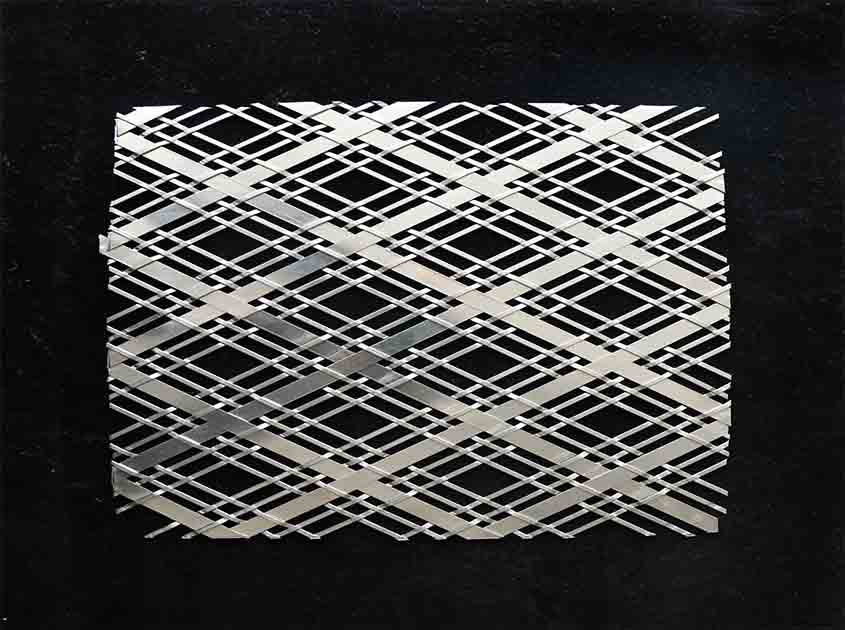
Conclusion:
Architectural woven mesh is a versatile material that goes beyond enhancing the aesthetics of architectural designs. Its integration into sustainable architecture promotes energy efficiency, natural ventilation, and material recyclability. By leveraging the sustainable benefits of architectural woven mesh, architects can create environmentally friendly buildings that prioritize energy conservation, indoor comfort, and responsible resource management. As sustainable design becomes increasingly vital, architectural woven mesh stands as a valuable tool for creating sustainable environments that seamlessly blend functionality, aesthetics, and ecological consciousness.
pre:Architectural Woven Mesh: Adding Texture and Depth to Architectural Designs
next:Architectural Woven Mesh: Blurring the Lines between Art and Architecture
© 2025 Joinwin Architectural Wire. All Rights Reserved. | Sitemap
Recommended Read
Sustainable Solutions: Architectural Woven Mesh in Solar Shading Systems
Creating Dynamic Spaces: Architectural Woven Mesh in Exhibition and Event Designs